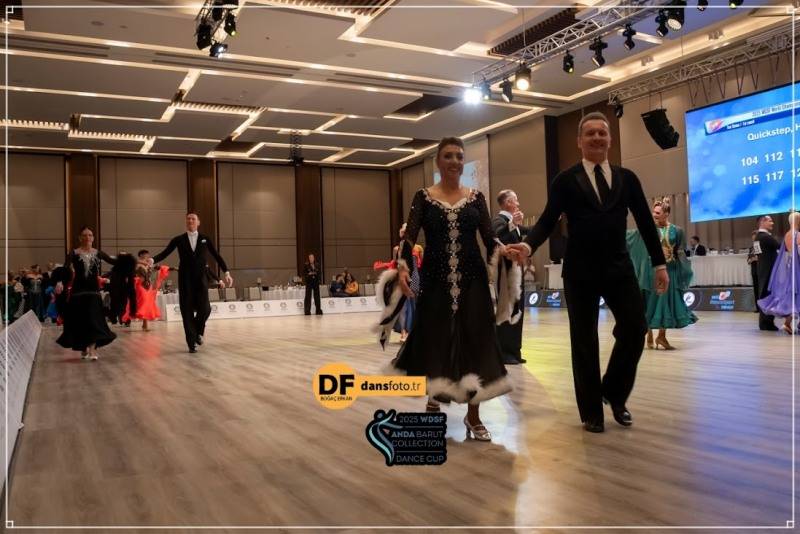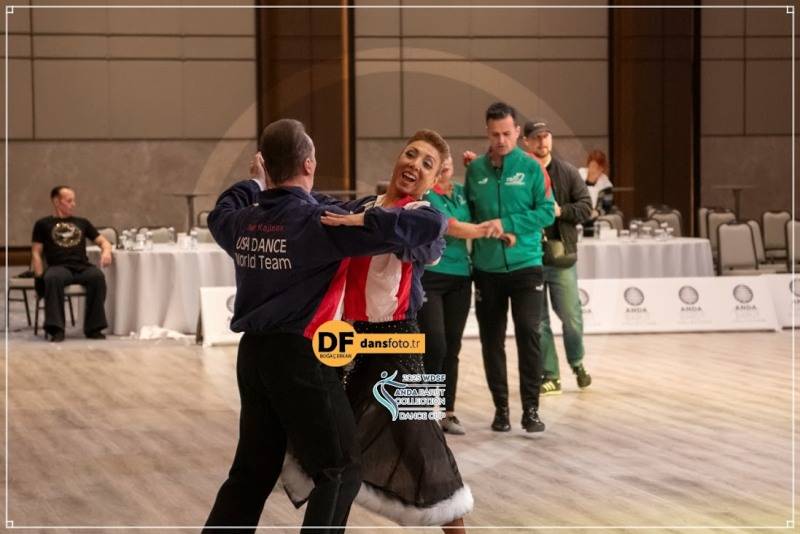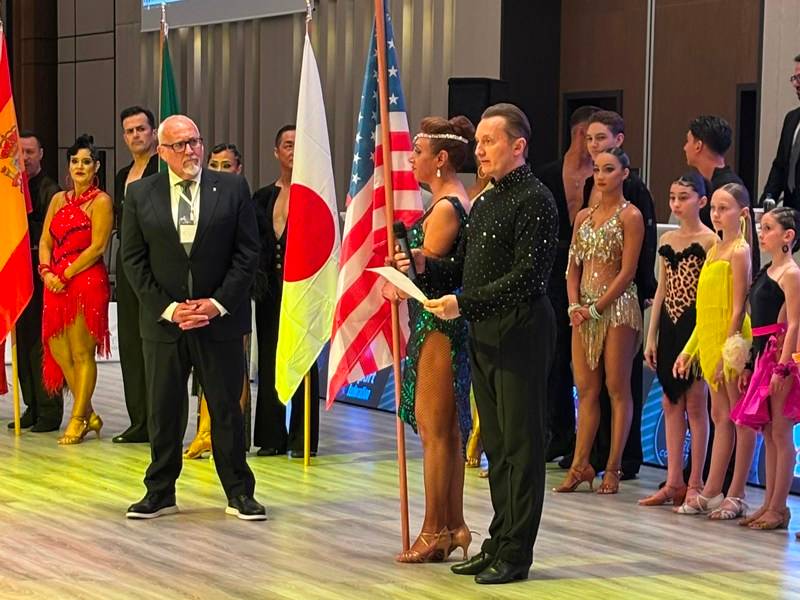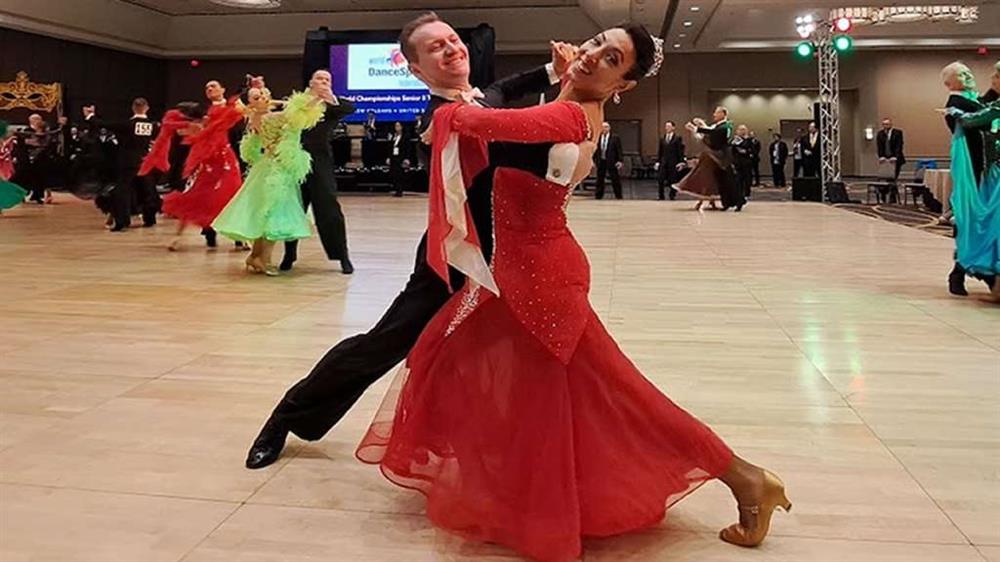
1. 10-dance (Ten Dance) definition by DanceSport Federations
According to WDSF (World DanceSport Federation) Rulebook, “In 10 Dance competitions, all 10 dances are performed.” Similarly, USA Dance (United States governing body for DanceSport) rules define International 10-Dance as “All 10 International Standard and Latin dances, judged as one event.” 10-dance is an "International" style category which means it is based on dance styles that are recognized around the world by most global organizations such as WDSF, WDC and WDO

2. What is 10-dance (Ten Dance) anyway?
It is a very difficult competitive category that combines both DanceSport disciplines of Standard (5 dances: Waltz, Tango, V. Waltz, Foxtrot and Quickstep) as well as Latin-American (5 dances: Samba, ChaCha, Rumba, Paso Doble and Jive). Most dancers, once they reach top level focus exclusively on one 5-dance style, either Ballroom or Latin. Those dancers that continue to excel in both styles have a special category called 10-dance.
On a practical side, Ten Dance takes at least double of training, skill, talent and practice to be exceptionally good at all 10 dances. To demonstrate the intensity demand of training we analyzed competitor data from dancesportinfo.net website. According to that data, only approximately 3.3% of Open Level Ballroom and Latin dancers worldwide pursue the 10-dance category.
3. How is 10-dance different from Ballroom and Latin?
So what makes 10-dance so special? The important part about 10-dance competitions is timing of dances. Both disciplines are danced the same day and approximately 30min to 1 hour apart.
Many regular DanceSport competitions schedule Standard and Latin competitive events on different days. That allows dancers that may do both styles to rest in between and refocus on new style. In 10-dance competition both disciplines are danced one after another. For example in the final, Standard is danced first, followed by short break enough to change costumes and then followed by Latin portion.

4. Ability to maintain focus and stamina while changing styles
Dancing 10-dance quite obviously requires extra stamina since there are 10 dances to dance. However, oftentimes people overlook importance of maintaining focus while doing 10 dance competition.
Larger 10 dance competitions, such as World Championships often start with 1st round or quarter final. Thus, dancers may begin with a round of Latin, then dance Standard. If they advance to next round, they will need to dance Standard again and then switch to Latin. Moving to next round it will be Latin and then Standard. Thus, advancing from round to round requires dancers not only to maintain stamina but also mental focus. Both styles, Standard and Latin utilize different techniques and have different music and dance characters. Thus dancers have to be constantly mindful of what their next dance is. Therefore dancing a “10-dance” competition is not the same as dancing each style separately and is considered much more difficult and intensive.
5. Difficulty in training
Dancers pursuing 10-dance category are required to be proficient in both Standard and Latin styles. Long gone those days when you would do one style then a little of another style and you are good to go compete at 10-dance. In general, level of dancing have increased dramatically so that 10-dancers need to be comparably competitive with dancers dancing only one style.
That requirement creates certain logistical and time-management problems. How do you train for 10 dances when there is barely enough time to train for 5? Thus 10-dancers need to be resourceful in order to find time to take lessons and practice both styles simultaneously and consistent so that they do not fall behind in one or another.

6. Importance of being compared among 10-dancers
It is important that 10-dance competitions include only dancers that dance this style. Some Federations mix 10-dance events into regular Standard and Latin categories and then calculate results based on mixed scores. However, this approach does not represent direct comparison of 10-dance couples.
Thus, we wish all dancers that would like to pursue the difficult but rewarding path of 10-dance all the best. Please consider all the pros and cons of becoming 10-dancer comparing with focusing only on one style, Ballroom or Latin. On your way to success you will have many ups and downs. However, when you reach the top you will be among those few but strong that made it. Good luck.


